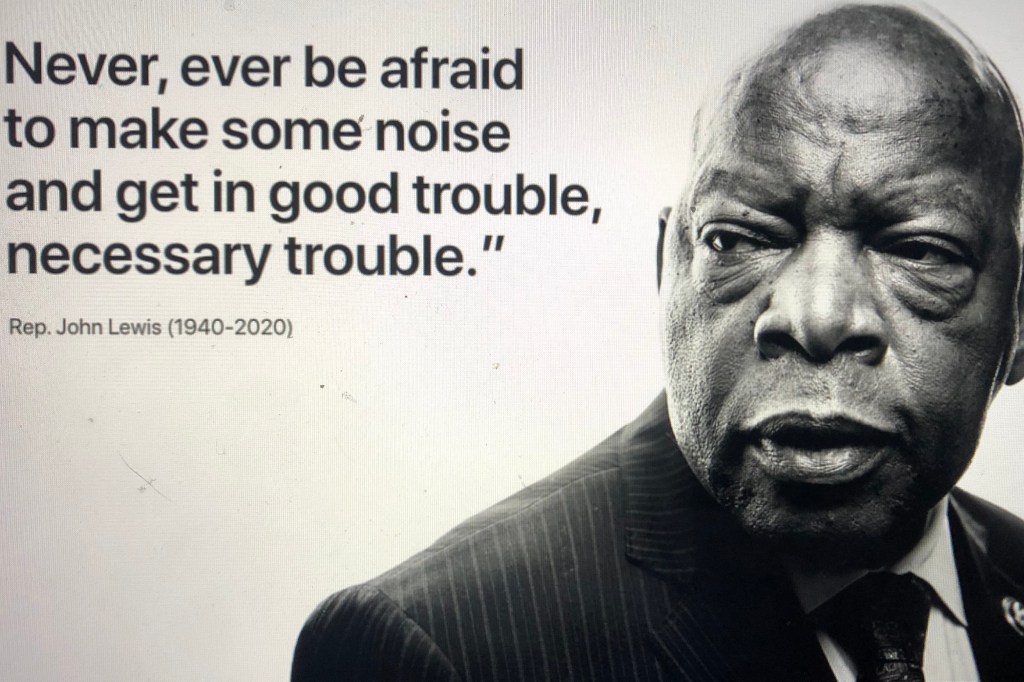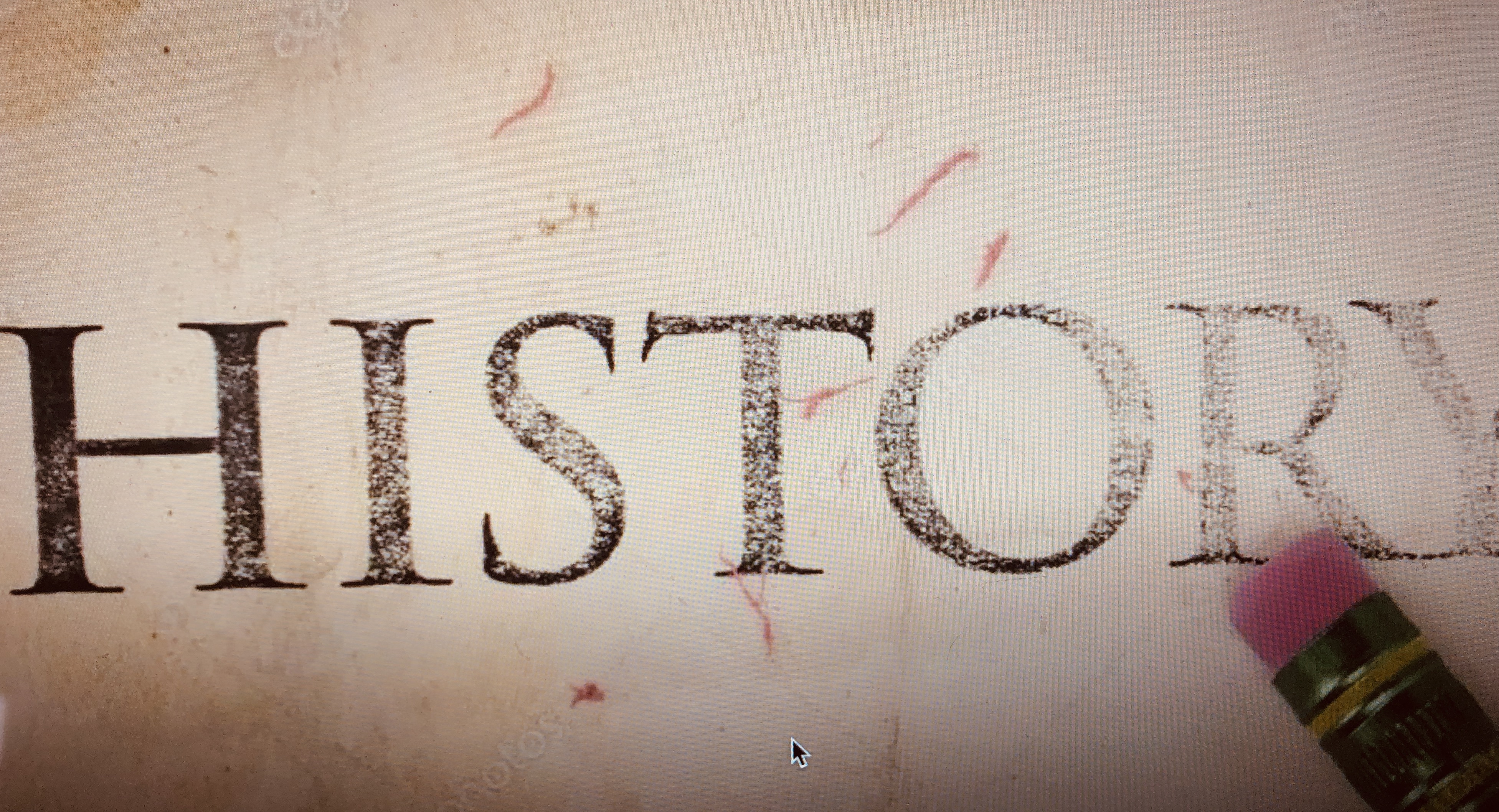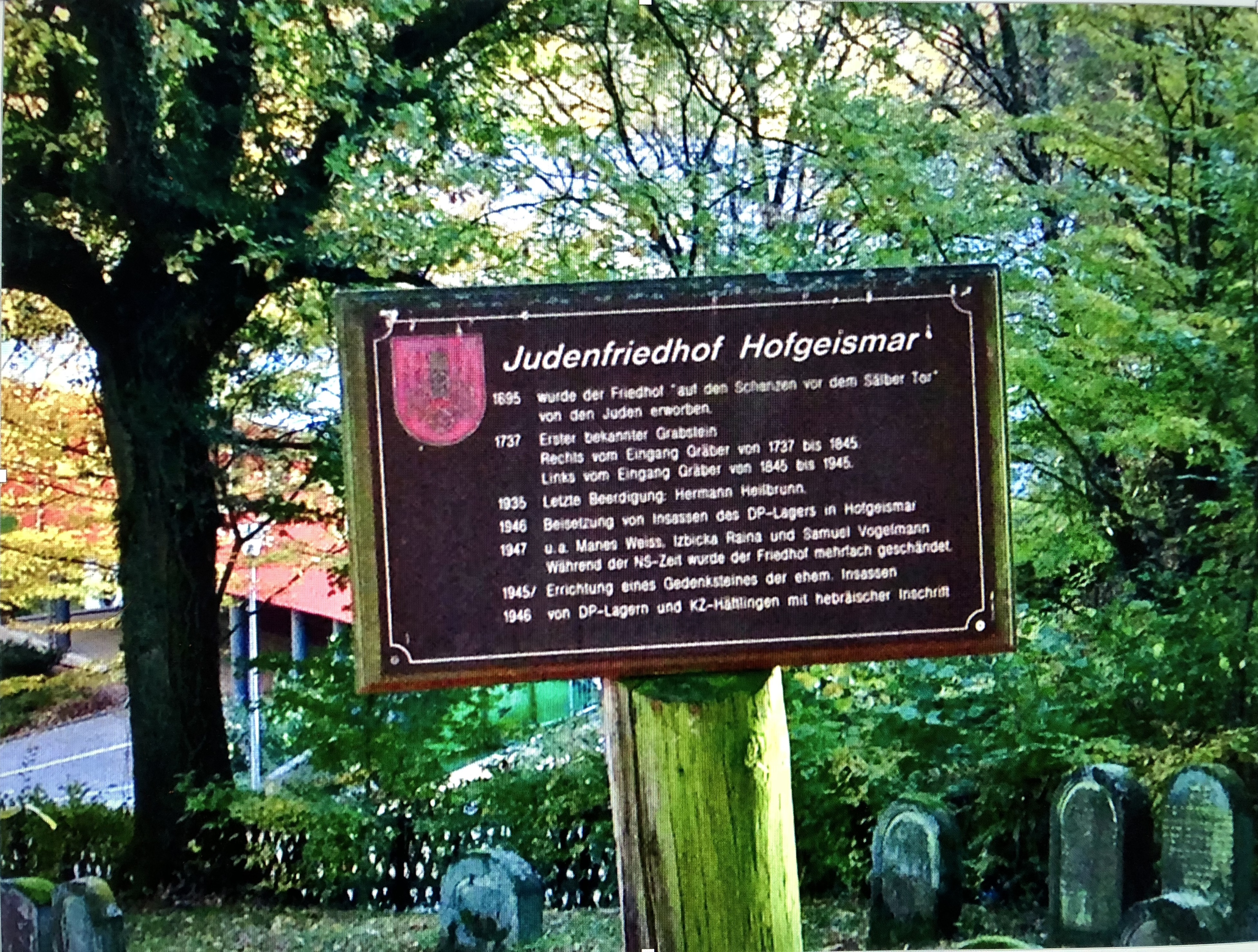Note: I have been absent for a month! There are many reasons for that – I will write about it at another time. I am glad to be back! I look forward to continuing our conversation about stories we tell ourselves.
December 15, 2022 would be my father-in-law’s 100th birthday. David Bakst made it to his 98th and for that I am grateful. He passed away a week after achieving that milestone.
As I reflect on his life so many thoughts come to mind. In David’s last years, I would often accompany Gary on his Thursday afternoon visits. Gary doesn’t see patients on Thursday afternoons, so it was a good opportunity to spend time with his Dad. They, including his mom despite her advanced dementia, would go out to lunch to a diner near their apartment in Saugerties. I know Gary treasures that time and the memories they provide.
Many of those lunchtime conversations revolved around David’s memories. We would ask him about his youth and World War II experiences. We heard the same stories multiple times, new details might be offered, but even if not, we never tired of hearing them. One particular comment stayed with me, though I am not sure why. As David described his family life before the war, he said that after Shabbos services, the adults (his parents’ family and friends) would gather at his home and talk (argue) politics. David listened in, beginning a long interest in politics that remained for the rest of his days. He told us that his father was a supporter of Jabotinsky, who he described as more of a right winger. The name vaguely rang a bell, but I didn’t know anything about him or the context. I was curious. I tried to imagine what their political conversations might have been about in the late 1920s and early 1930s in David’s shtetl (village) in Poland (now Belarus).
After that conversation, I googled Jabotinsky and learned a bit but didn’t get very far and I set the subject aside, though it still intrigued me. Oddly enough the other day I came across a podcast entitled Jabotinsky and the Birth of the Israeli Right. I thought this might shed light on the topic, plus I am interested in better understanding the politics of Israel and this sounded like it could offer that.
I am very glad I listened. It accomplished exactly what I had hoped. It reaffirmed my belief that learning about our past illuminates our present; the issues that plagued us more than a century ago still percolate in the lives we live today.
The topic the Bakst family was likely discussing during their Shabbos afternoon visits was Zionism. It is appropriate that I write about this now given the intersection between anti-Zionism and antisemitism, and the appalling rise in antisemitic rhetoric and violence.
So, what is Zionism? It is the movement to create and support a Jewish homeland. Its roots go back centuries as part of Judaism, with the idea that since the destruction of the temple in Jerusalem and the diaspora, Jews prayed to return to the Holy Land. This was largely a religious tenet until the late 19th Century. It evolved into a political movement, in part in response to virulent antisemitism in Central and Eastern Europe when Jews were largely confined to living in an area called the Pale of Settlement (part of Russia and Poland). In the late 1800’s and early 1900’s, as pogroms (violent riots perpetrated against Jews in the Pale of Settlement) became more common and feared, some Jewish thought leaders concluded that the only solution to antisemitism was a Jewish homeland. They believed that there was no future for Jews in Central and Eastern Europe and that ultimately, they needed their own country in their ancestral homeland. The father of this strand of political Zionism is generally considered to be Theodor Herzl, who wrote a pamphlet that was published in 1897 entitled Der Judenstaat (The State of Jews). In it he argued that Jews were a nationality, that it was not a social or religious question, but a national one. In order to escape antisemitism, express their culture freely and practice their religion, they needed a state. This idea became quite popular and was widely discussed in Jewish circles, including David’s hometown of Iwie.
As with most political movements, there were factions. I imagine that David’s family debated the different perspectives. One of the areas of disagreement was what kind of country should it be. Some advocated for a socialist state (David Ben-Gurion emerged as the leader of this wing and in fact became the country’s first prime minister in 1948); others wanted a free market approach. I would imagine David’s father, as a successful businessman before the invasion of the Soviet Union in 1939, would have wanted a capitalist economy for the new state. Jabotinsky, the person David referenced, supported the free market, though he also believed that the citizens of the new state should determine their destiny.
Another thread of discord in Zionism is the role of Judaism, the role of the religion itself, in the creation and running of the state. One of the things that is unique about being Jewish is that it encompasses a number of elements: it is a religion, it is an ethnicity, and it is a culture. Some identify with some aspects of that identity, but not others. The Zionist movement included (and still includes) a range of belief about religion. Some are Orthodox, very observant Jews, for whom the religion and the state are inextricably tied. Others are secular Jews who may even call themselves atheists. Neither Herzl, Ben-Gurion nor Jabotinsky were particularly religious. Though I never had a conversation with David about this subject, I believe he would support maintaining the Jewish character of the state but would not support a theocracy. Defining that balance continues to be a challenge.
Jabotinsky also advocated for a strong military capability. He believed that the new state would be fought over, that the Arabs in the area would not relinquish land or power without a fight. Ben-Gurion believed that in return for economic and political considerations, the Arabs could be appeased. In furtherance of Jabotinsky’s belief in the need for military capability, he created a youth group in Poland, Betar, that would instill nationalist fervor in young people for Israel and train them to respond to attacks on Jews wherever they occurred. David Bakst was a member of Betar.



I wonder if any of the training he received, or the faith and support built as part of that group, helped him in his war experience.
There is great poignancy to these issues. Imagine if there had been a Jewish State in the mid 1930’s. Millions of lives might have been saved. Instead of ships being turned away from ports, instead of country after country rejecting Jewish refugees, people would have had a place to go. We will never know what might have been.
The controversies that plagued the founding of Israel are still playing out today. The tensions between its socialist origins and the demands of a free-market economy are still difficult to sort out. The balancing of the different attitudes regarding the role of Judaism in the state creates conflict. The fundamental disagreements between Israel and its Arab neighbors, not to mention its Arab citizens, are as troubling as ever.
And, in an even larger sense, we are still grappling with what to do about antisemitism. It is a pernicious and stubborn prejudice. It is disheartening that over a century after Herzl wrote his pamphlet, and even with the establishment of the state of Israel, lies, misconceptions and hate are still rife. After all he went through, I wonder if David would be surprised by this latest resurgence. In that one sense, I am glad he isn’t here to see it.











